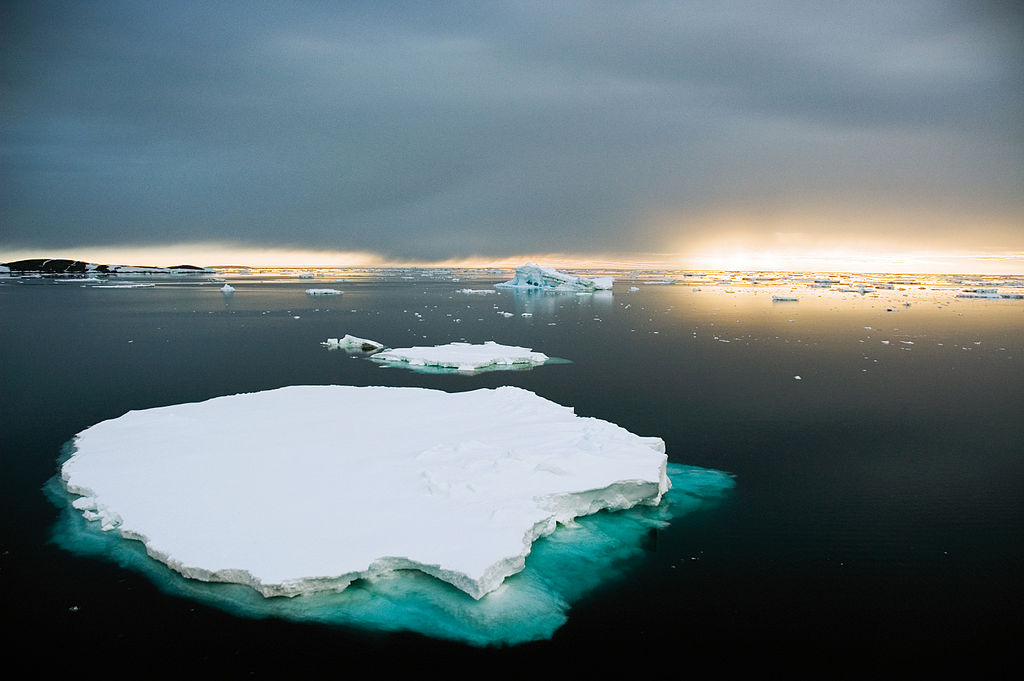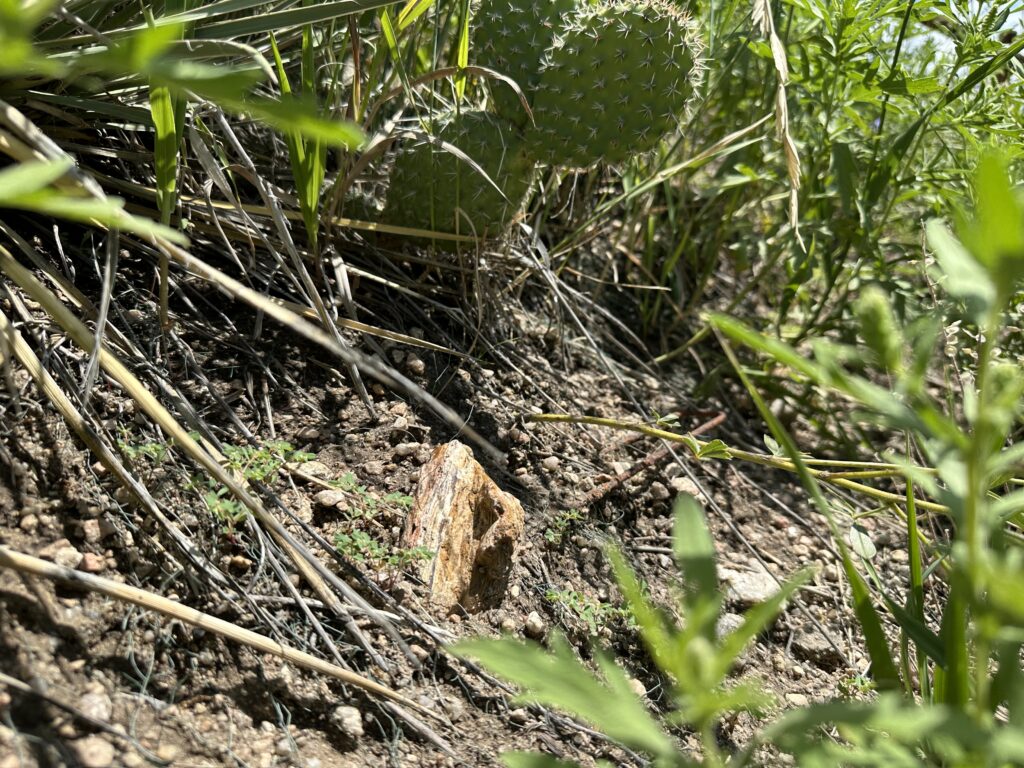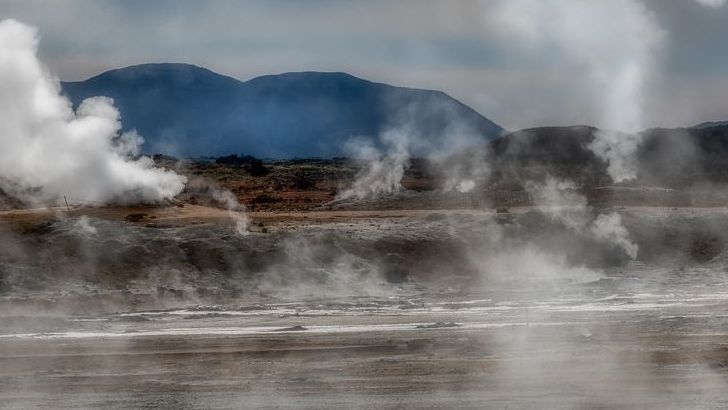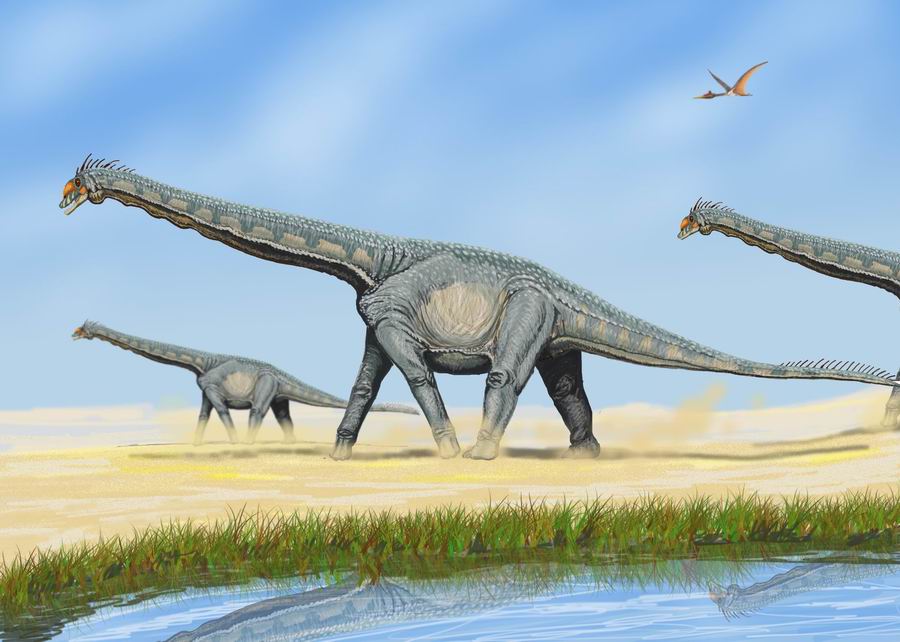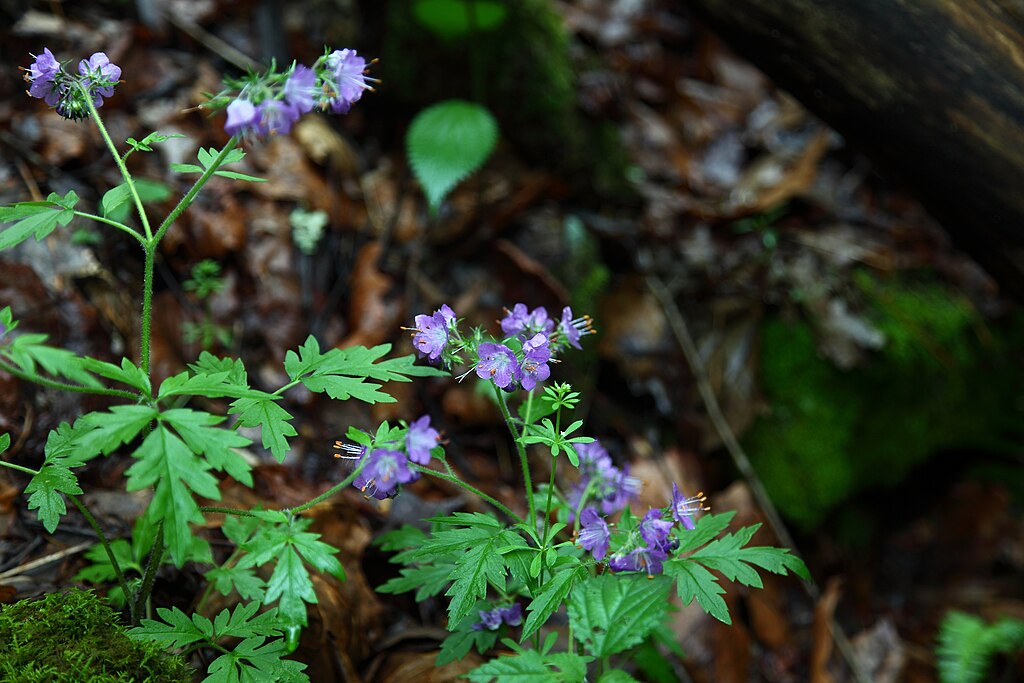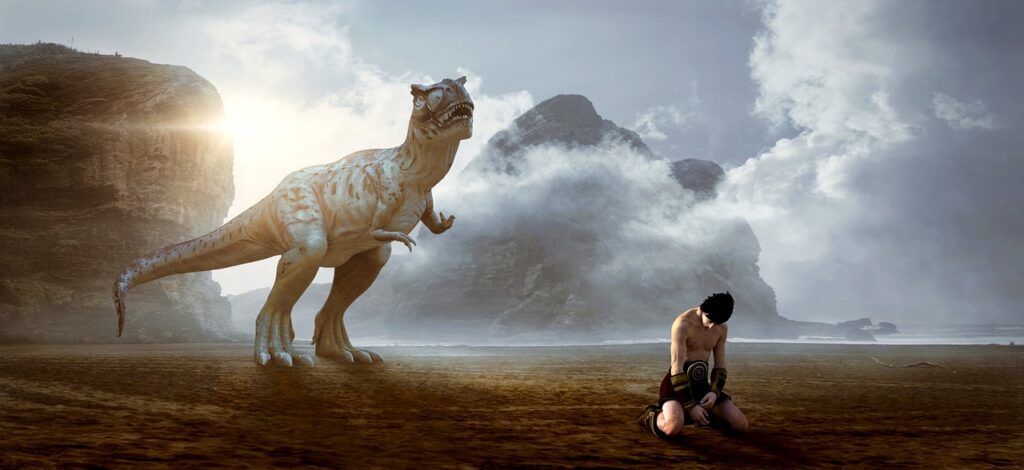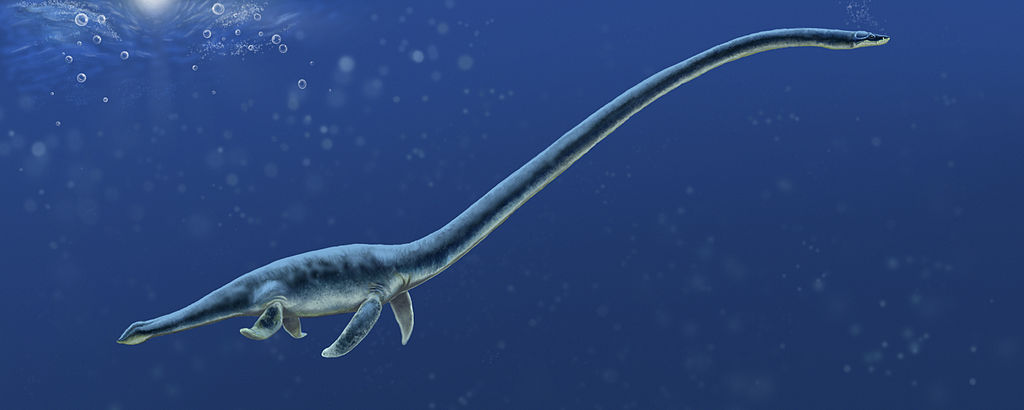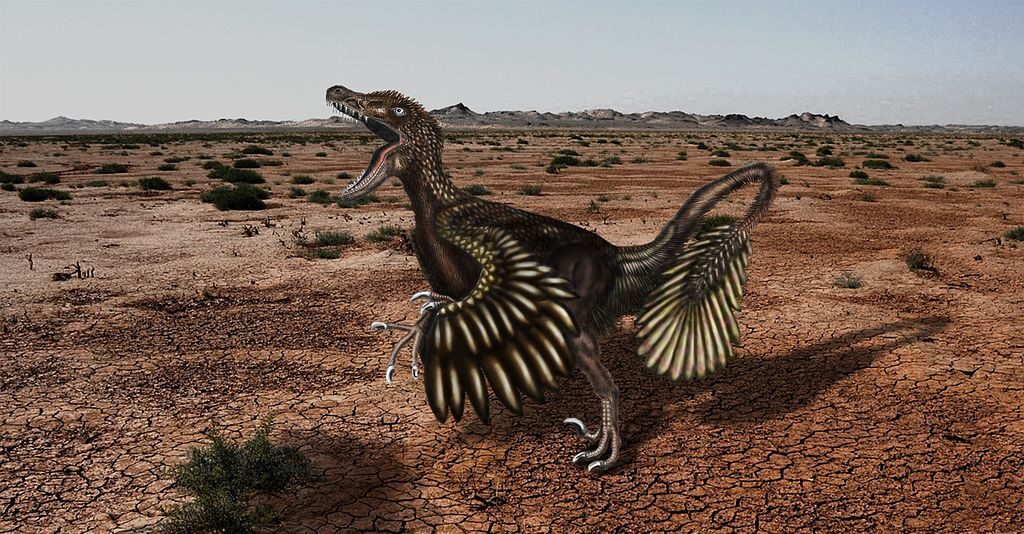When the Poles Had Tropical Seas: Ocean Life at the Ancient Poles
Earth’s poles today are frigid realms of ice and snow, inhabited by remarkably adapted species that survive in some of our planet’s harshest conditions. Yet the geological record tells a dramatically different story—one where these same polar regions once hosted warm, tropical seas teeming with diverse marine life. This seemingly paradoxical transformation spans millions of ...

